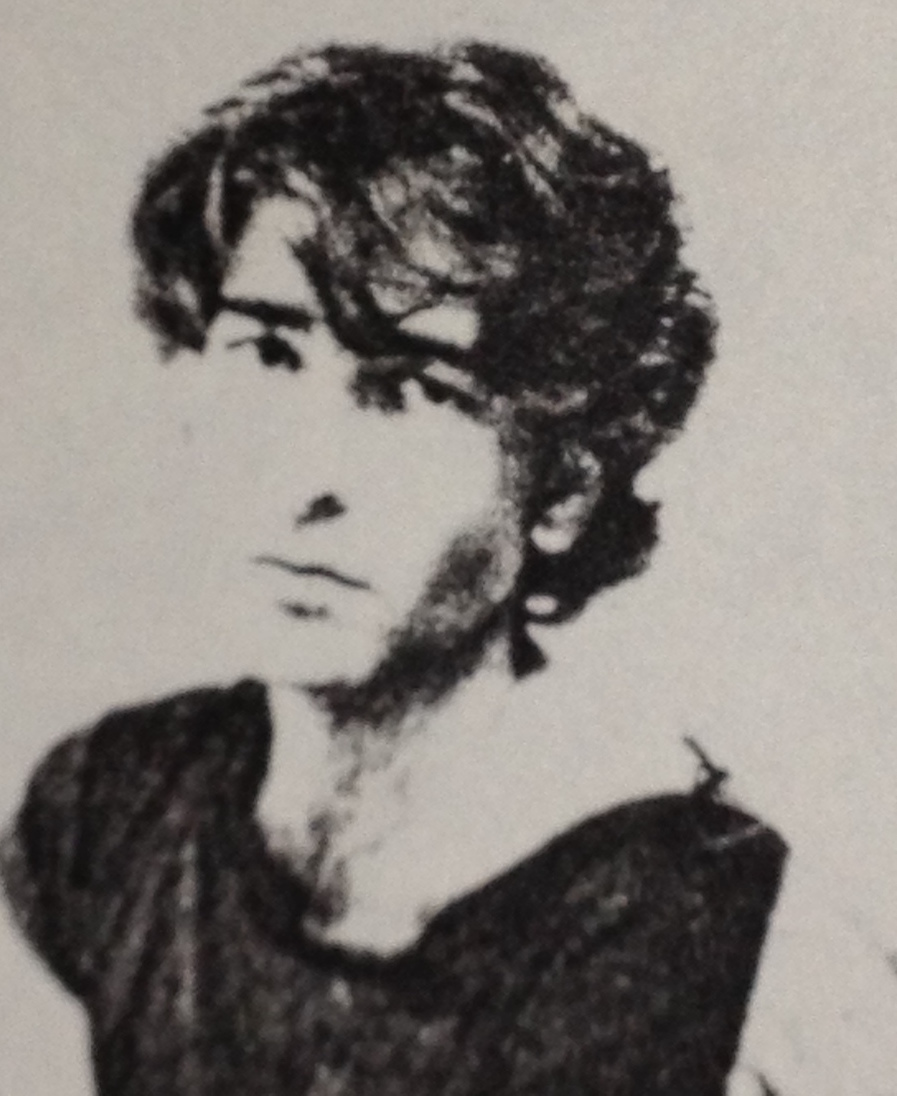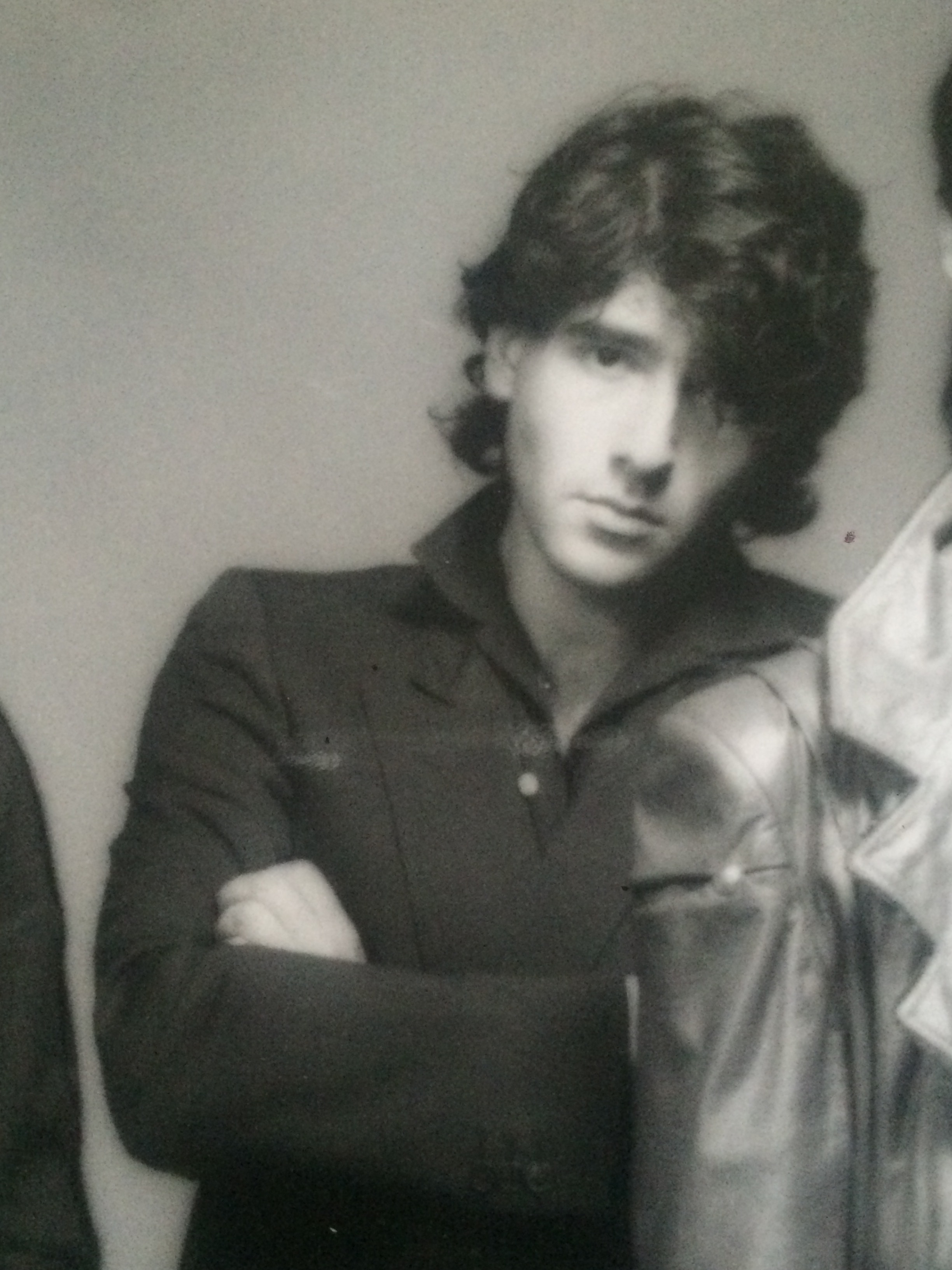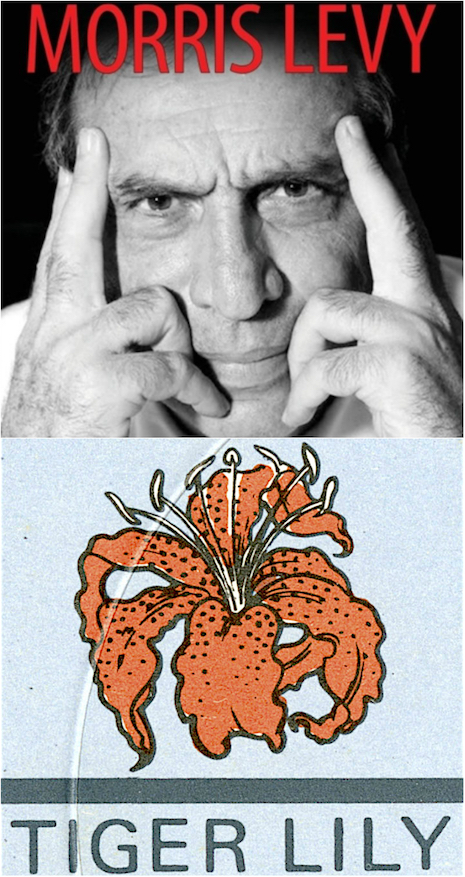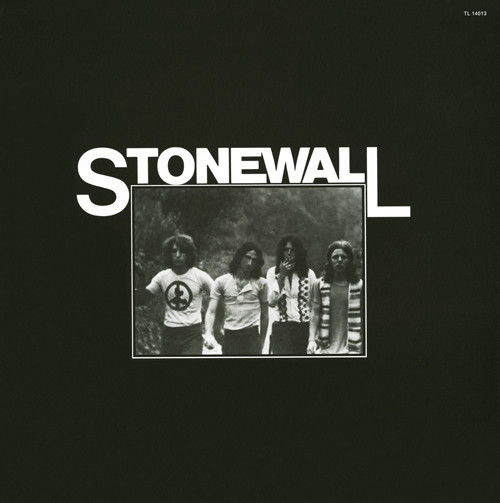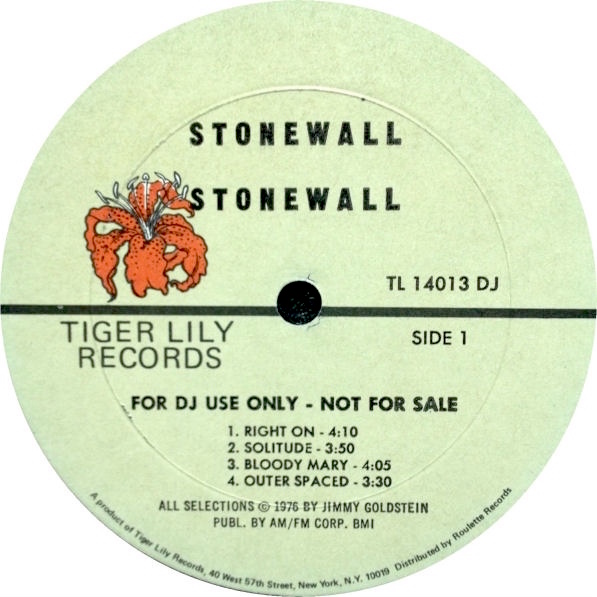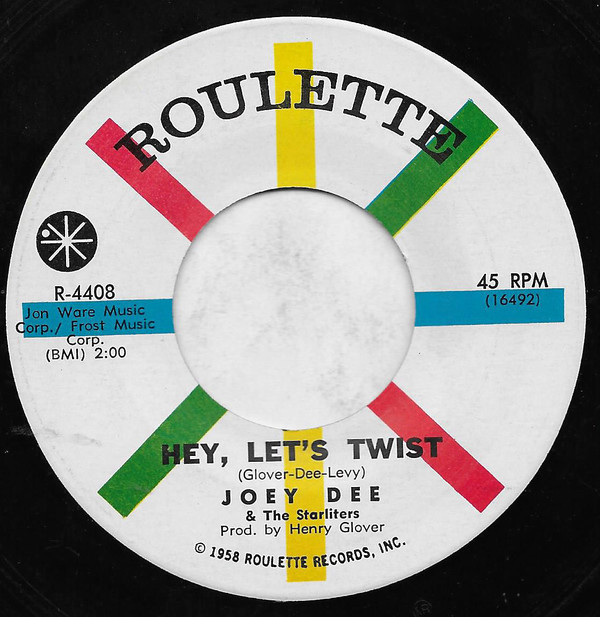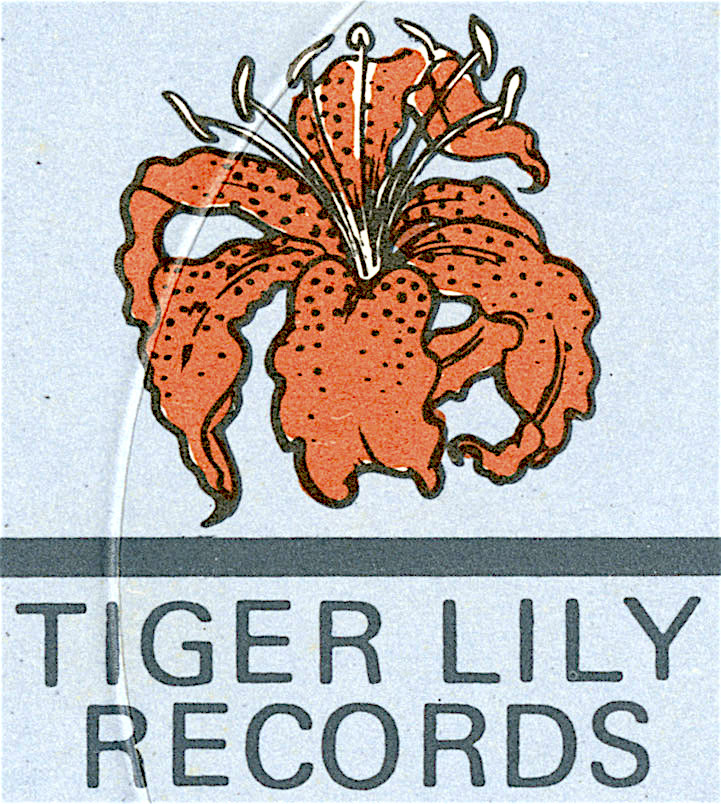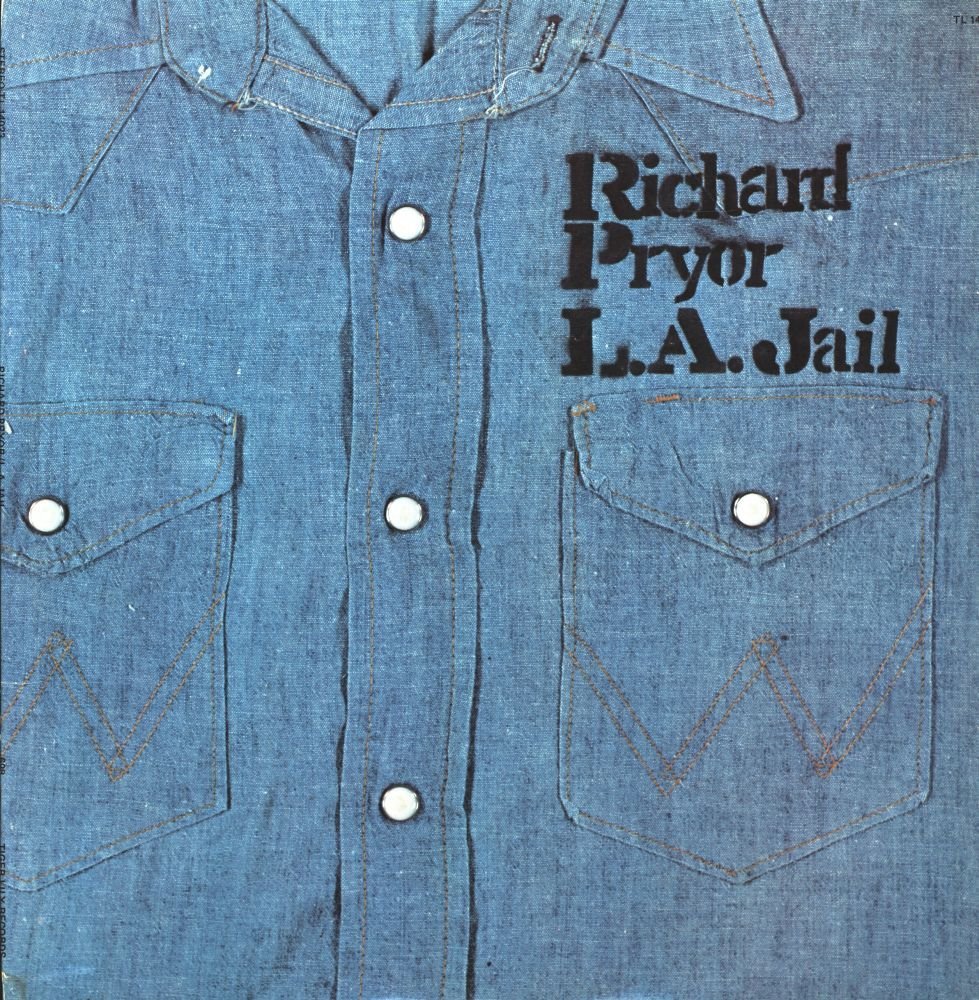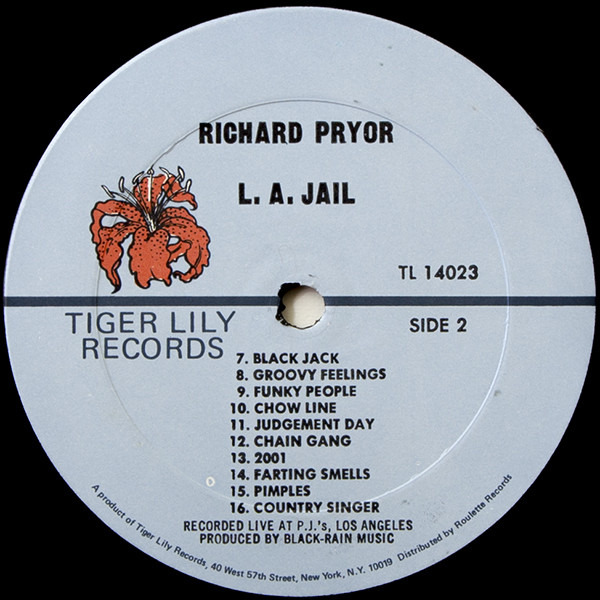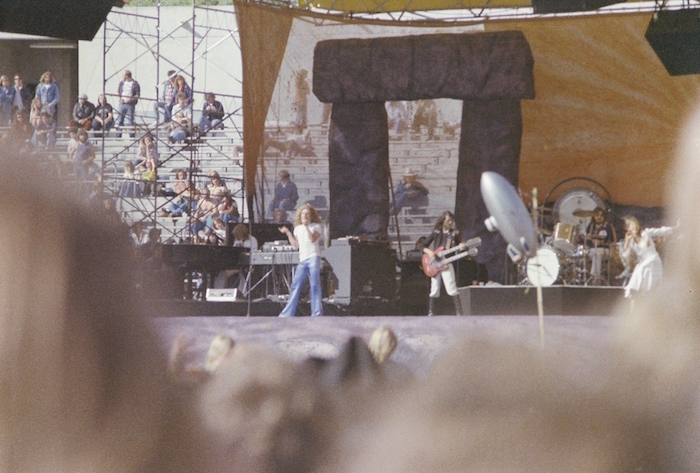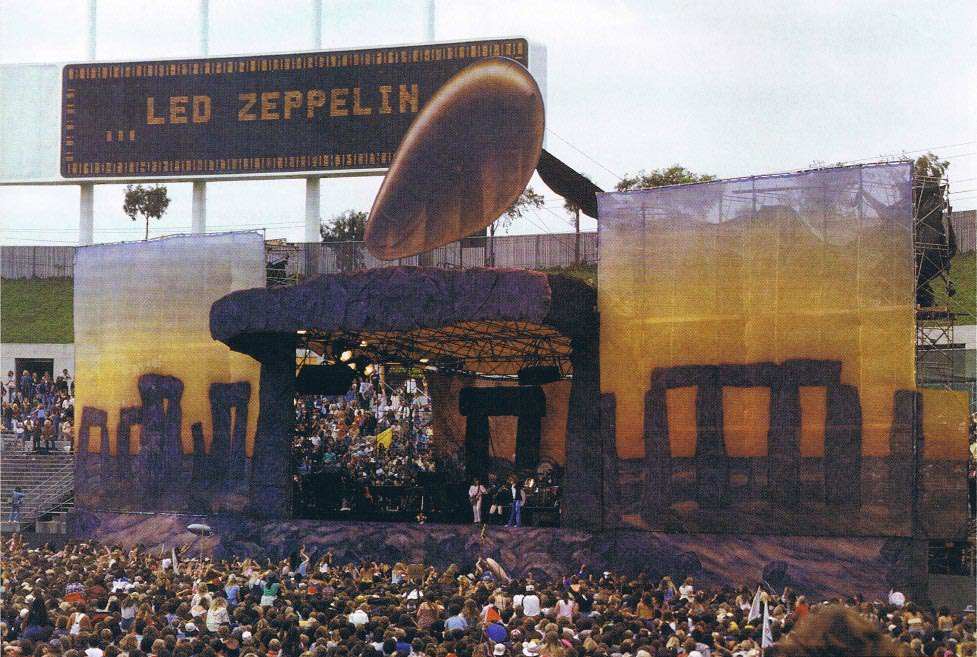
Any music fan from the New York City area knows what an important part of the city’s music scene Maxwell’s was, until recently located in Hoboken, New Jersey, directly across the Hudson River from the West Village. Yo La Tengo, the Feelies, and Sonic Youth are three frequently cited bands in connection with Maxwell’s but it was so much more than a regular venue for great local bands. I became familiar with the venue well after its true heyday of the 1980s but I still saw a ton of incredible bands there—the Wrens, Archers of Loaf, the Frames, Bobby Conn, Future of the Left, Os Mutantes, the Unicorns, etc. etc. For decades now, Hoboken has been on an implacable course of gentrification, of course, to the point that scruffy and legendary music venues can’t hack it there anymore. Sadly, Maxwell’s closed its doors for good in 2013.
One of the Maxwell’s employees back in the day was a fellow named David McKenzie, who cleverly recorded a huge number of gigs at the venue (and elsewhere). Recently he entrusted his buddy Tom to get them online in a responsible fashion, and the result is The McKenzie Tapes, a charming blog that features high-quality uploads of McKenzie’s, er, tapes. Every post includes a modest amount of context (just right, a couple of key facts but it’s generally just a paragraph) as well as pictures of the cassette, the ticket, and the show’s listing in the Village Voice, where available. It’s this last bit that has me so fascinated:
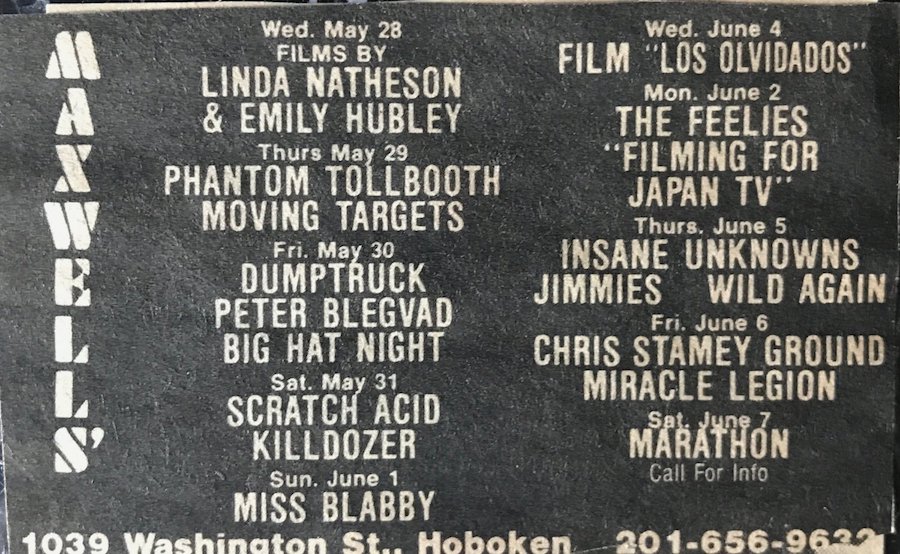

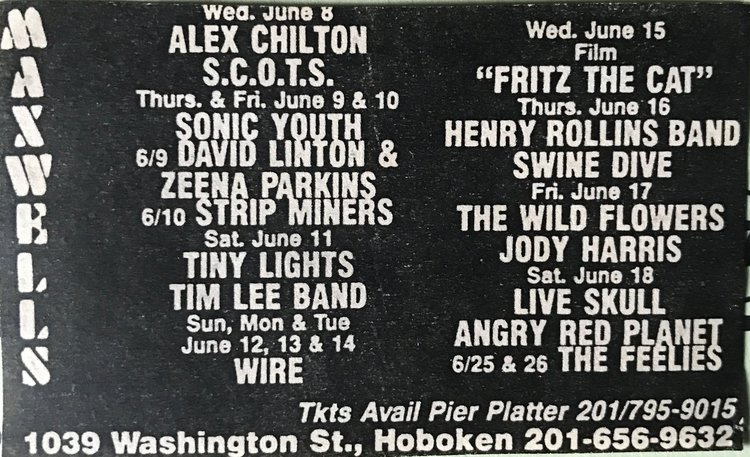

I learned via those listings something I didn’t know, which is that Maxwell’s used to show movies like Fritz the Cat and Los Olvidados and Rumble Fish.
The McKenzie Files covers approximately 1985 through to the early 2000s, and while most of the shows took place at Maxwell’s, you also get a nice cross-section of Manhattan venues of the period such as Brownie’s, Bowery Ballroom, CBGB’s, Irving Plaza, Coney Island High, and so forth. (City Gardens in Trenton also gets represented.) Once in a while you get a true outlier like a show from The Hague in the Netherlands but Dag Nasty at Maxwell’s (1988) is what the blog was constructed to provide.
The mid-1980s was an interesting period during which the grassroots fandom of indie rock had reached a groundswell of sorts (cf. Huskers jumping to Warner Bros.), with some of the no-fi champs from earlier in the decade showing impressive maturation (Sonic Youth). The blog features some incredible documents, such as SY playing a big chunk of Daydream Nation before the album’s release, the Feelies filming a set for a Japanese documentary crew, Frenz Experiment-era Fall, and Pixies right after releasing Surfer Rosa.
I mentioned much of this stuff happened before I was going to shows, so I was dubious I would find any gigs I’d been to, but damn if the blog didn’t deliver. I was present at this Rollins Band show at CBGB’s in early 1990, I positioned myself right at the main monitor and Hard Hank sweated on me for the whole show. To this day I don’t think the Rollins Band ever came close to topping Life Time, which is mostly what they played that night.
After the jump, listen to the Butthole Surfers play the Marquee in 1991…....







